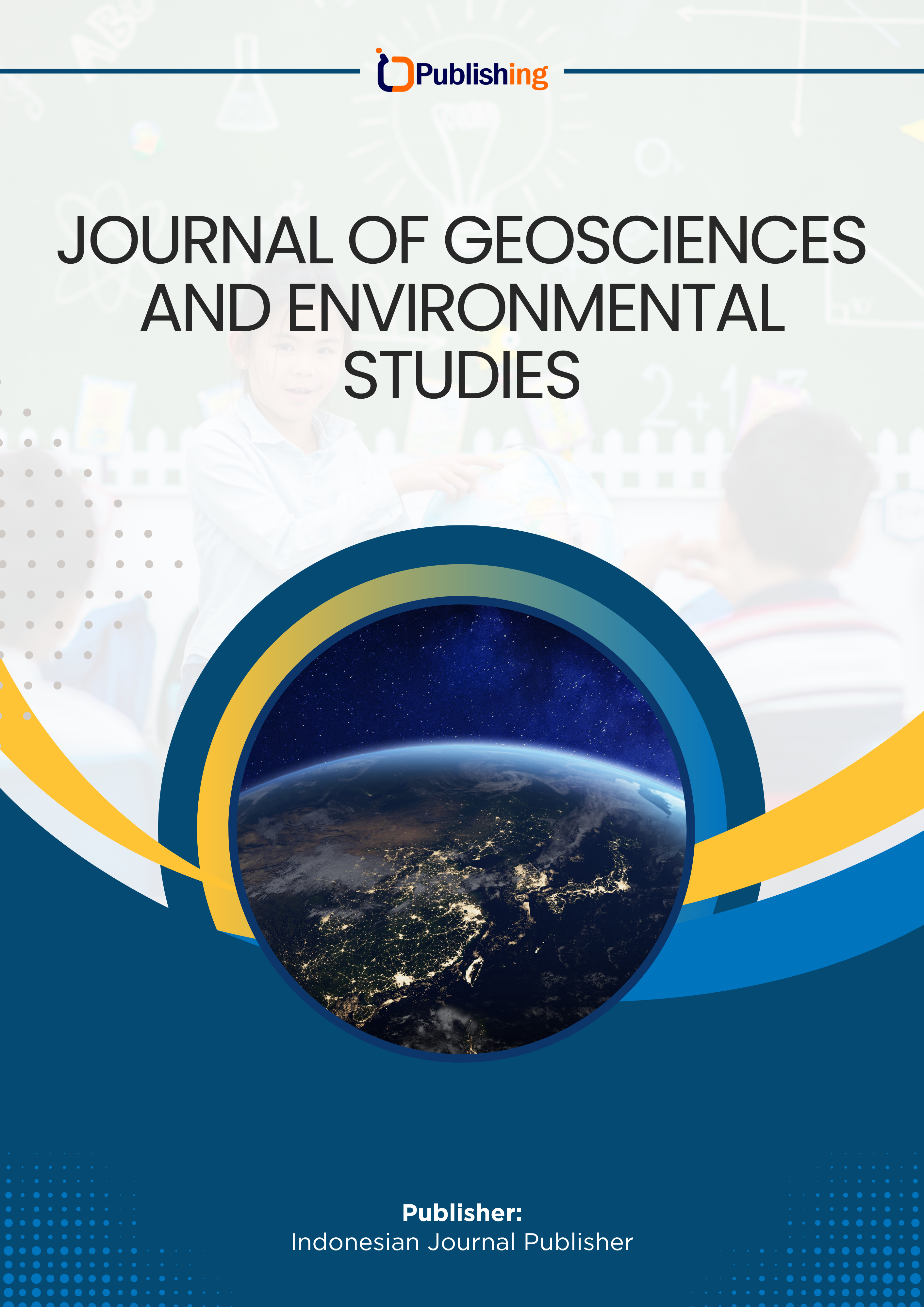The Ecological and Functional Significance of Mosses: A Comprehensive Overview
DOI:
https://doi.org/10.53697/ijgaes.v1i3.3247Keywords:
Mossy, Cuckoo Flax, Sphagun, PeatAbstract
The article further expands on Moss Department's species' ecological roles in their habitats. These plants, through their reproductive mechanisms, contribute to the stability of ecosystems by interacting with pollinators and other organisms. The reproductive strategies, such as seed dispersal methods and the timing of flowering, are analysed, indicating how these plants adapt to various environmental conditions. In addition to their ecological importance, the article also examines certain species' cultural and historical significance within the Moss Department. Some plants have been used in traditional medicine, while others may hold symbolic value in various cultures. The economic contributions are elaborated, noting how these plants are used in pharmaceuticals, textiles, and even food production, depending on the species. The article paints a comprehensive picture of the Moss Department's importance from both a scientific and socio-economic perspective through a combination of botanical analysis, reproductive study, and economic insight.
References
Alima, B. (2014). X? zirg'i zaman global'las'yu mash? alalary: ?? diri x? m? Teri. Vestnik Karakalpakskogo universiteta, 25(4), 68-75.
Alimbetov, Y. (2017). Problema vzaimosvyazi natsional'nogo i obshchechelovecheskogo. In Aktual'nye problemy mnogourovnevoy yazykovoy podgotovki v usloviyakh modernizatsii vysshego obrazovaniya (pp. 12-16)
Alimbetov, Yu., & Kamalova, Kh. S. (2020). Qarqalpaqstan Respublikası ta’lim sistemasınıñ iskerlik ma’selesi haqqında. Zhurnal Sotsial'nykh Issledovaniy, 3(2).
Beglenov, N. (2023). Marketing strategiyasini rivojlantirishning nazariy jihatlari (Theoretical aspects of developing marketing strategies). Innovations in Technology and Science Education, 2(9), 1358–1363.
Beglenov, N., & Mamutova, K. M. (2022). Perspektivy povysheniya effektivnosti ispol'zovaniya marketingovykh kommunikatsiy v sfere uslug (Prospects for improving the effectiveness of marketing communications in the service sector). Ekonomika i Sotsium, (5-1(96)), 332–336.
Berdimuratova, A. (2017). Massalyq mädeniyat sosialdyq qūbylys sypatynda. Vestnik Karakalpakskogo gosudarstvennogo universiteta imeni Berdakha, 34(1), 52-55.
Berdimuratova, A. K. (1999). Obostrenie ekologicheskogo krizisa v sredneaziatskom regione (na materialakh Priaral'ya). Filosofiya i Obshchestvo, (2), 128-139.
Berdimuratova, A. K. (2023). Peculiarities of the phenomenon of spirituality in the understanding of human identity. In Фундаментальная и прикладная наука: состояние и тенденции развития (pp. 525-545).
Ivanova, I. A., & Kirina, I. B. (2012). Geneticheskie resursy flory Tambovskoy oblasti [Genetic resources of the flora of the Tambov region]. Plodovodstvo i yagodovodstvo Rossii, 34(1), 300-321. EDN PABEUJ.
Kirina, I. B., & Ivanova, I. A. (2017). Materialy ko vtoromu izdaniyu Krasnoy knigi Tambovskoy oblasti: rasteniya, griby, lishayniki [Materials for the second edition of the Red Book of the Tambov region: plants, fungi, lichens]. Printsipy i tekhnologii ekologizatsii proizvodstva v sel'skom, lesnom i rybnom khozyaystve: Materialy 68-oy Mezhdunarodnoy nauchno-prakticheskoy konferentsii, posvyashchennoy Godu ekologii v Rossii. Ryazan: Ryazanskiy gosudarstvennyy agrotekhnologicheskiy universitet im. P.A. Kostycheva, 361-365. EDN YBGCRZ.
Kirina, I. B., Titova, L. V., & Belosokhov, F. G. (2020). Introduktsiya - put' k spaseniyu bioraznoobraziya [Introduction as a way to save biodiversity]. Lesnaya melioratsiya i ekologo-gidrologicheskie problemy Donskogo vodosbornogo basseyna: Materialy Natsional'noy nauchnoy konferentsii. Volgograd: Federal'nyy nauchnyy tsentr agrojekologii, kompleksnykh melioratsiy i zashchitnogo lesorazvedeniya Rossiyskoy akademii nauk, 324-328. EDN AKLQNP.
Marat, N. (2022). Comparative Morphological and Anatomical Analysis of Raw Materials of Peppermint and Field Mint. Indiana Journal of Agriculture and Life Sciences, 2(1), 26-30.
Nurimbetov, R. I., & Beglenov, N. D. (2021). Osobennosti primeneniya tsifrovogo marketinga v usloviyakh biznesa (Features of digital marketing application in business conditions). In Upravlenie v XXI veke—problemy i perspektivy (pp. 440–444).
Nurnazar, P. (2022). Ecology of the soul: Culture, morality, spirituality. Indiana Journal of Agriculture and Life Sciences, 2(2), 5-8.
Pirnazarov, N. (2021). Structural model of spirituality as a philosophical phenomenon. Адам әлемі, 88(2), 10-17. DOI: https://doi.org/10.48010/2021.2/1999-5849.02
Sriwiset, P., & Nurnazar, P. (2022). The protection of patents on animal-related inventions: Thailand’s problems and solutions. Res Militaris, 12(1), 73-85.
Titova, L. V., & Nazarenko, S. G. (2020). Redkie krasnoknizhnye rasteniya otdela plauynovye Tambovskoy oblasti [Rare red-listed lycopodophyta plants of the Tambov region]. Nauka i Obrazovanie, 3(2), 128. EDN SMIVBK.
Uli, P. N. R. (2021). Development of a Person’s Spirituality in Dialogue with Another. Zien Journal of Social Sciences and Humanities, 1(1), 133-135.
Downloads
Published
How to Cite
Issue
Section
License
Copyright (c) 2024 Nagmetullaev Marat

This work is licensed under a Creative Commons Attribution-ShareAlike 4.0 International License.














